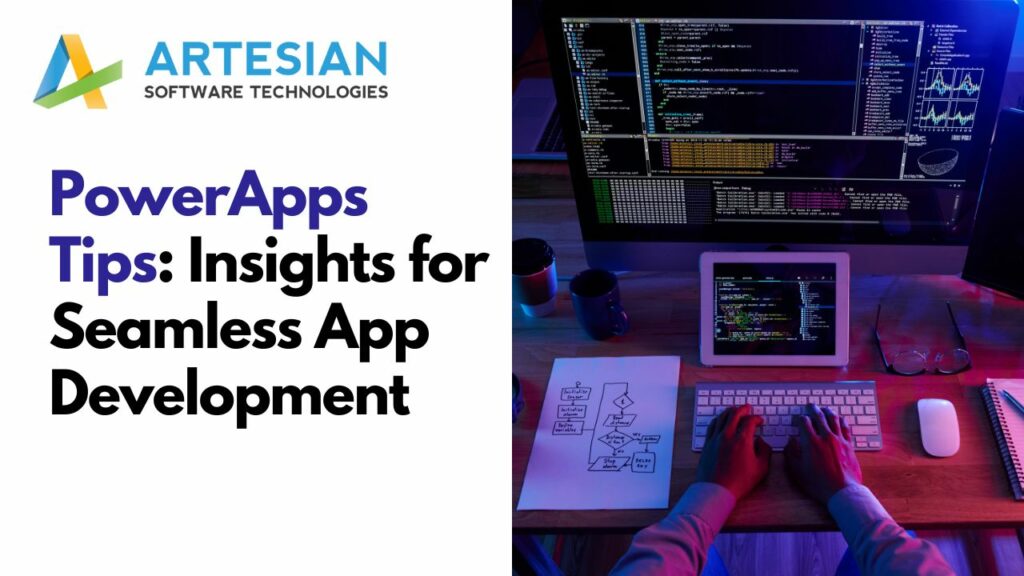10 Tips I Wish I Knew Before Starting with PowerApps
10 Tips I Wish I Knew Before Starting with PowerApps
Users can create unique apps with PowerApps, Microsoft’s low-code application development platform, without having to have a deep understanding of coding. Despite being a tool with a huge range of applications, diving in without some fundamental understanding can be stressful. I wish I had known these 10 suggestions before starting my PowerApps journey.
1. Understand Your Business Processes First
Have a clear understanding of the business processes you want to automate or improve with PowerApps before you begin building. Describe workflows in detail, pinpoint trouble spots, and specify the main goals. Your development process will be guided by this fundamental knowledge.
2. Master the Basics of PowerApps
Start with the fundamentals. Learn about the user interface, data connections, and basic operations. Microsoft provides thorough tutorials and resources to assist you in getting started. When you feel confident in the fundamentals, you’ll be better prepared to take on more challenging projects.
3. Effective Data Modeling is Crucial
Data is heavily utilised by PowerApps. Spend some time learning about the sources, connections, and organisation of the data. Your app will run effectively and without problems if the data modelling is done correctly. Additionally, keep data security and compliance requirements in mind right away.
4. Design with a Mobile-First Mindset
PowerApps are designed to work across a variety of platforms. Create your app with a mobile-first mindset to guarantee a fluid user experience on a variety of screen sizes. To identify any responsiveness issues early on, test your app across a variety of devices.
5. Utilize Templates and Galleries
Never transform the wheel. PowerApps provides a large selection of pre-built components and templates. These can help you save a lot of time and offer insightful advice on how to organise your app. Particularly effective tools for displaying and interacting with data are galleries.
6. Stay Organized with Naming Conventions
Maintaining a clear naming convention becomes increasingly important as your app becomes more complex. Give screens, controls, variables, and data sources names that are illustrative. This will make it simpler for you (and others) to use the app as well as understand its layout.
7. Learn Power Query and Power Automate Integration
Other Microsoft tools like Power Query for data transformation and Power Automate for workflow automation work well with PowerApps. Knowing how to take advantage of these integrations can greatly improve your app’s functionality.
8. Master Error Handling and Debugging
Any development process is going to contain bugs and errors. Learn how to use the PowerApps debugging tools and efficient error-handling methods. Long-term, this will save you a tonne of time and frustration.
9. Regularly Backup Your Work
Always make a copy of your work before making any significant changes. Although PowerApps does provide version history, having an external backup can save your life in the event that something goes wrong or is accidentally deleted.
10. Engage with the PowerApps Community
The PowerApps community is a great source of information. Participate in forums, webinars, and discussions. You’ll discover a wealth of information, best practises, and answers to typical problems. Don’t be afraid to ask questions; the community is generally very helpful.
Conclusion
Finally, beginning with PowerApps can be a game-changing experience for automating business processes and developing custom applications. You’ll position yourself for success by being aware of your business processes, mastering the fundamentals, using effective data modelling, and paying attention to these suggestions. Remember that mastery of PowerApps requires practise and a desire to learn, just like any other skill. You’ll be amazed at what you can produce if you embrace the learning curve. Happy app development!



